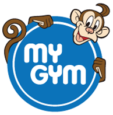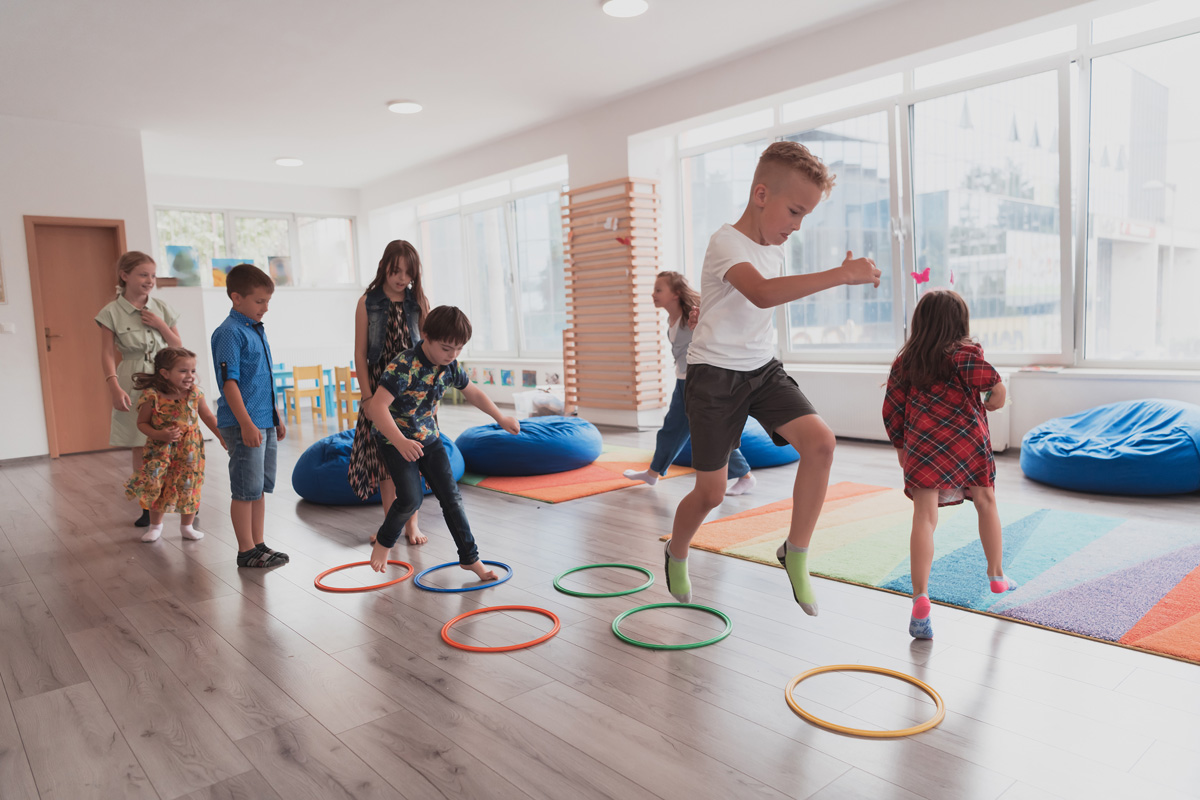How Play can Help Your Toddler Develop Stronger Muscles and Better Balance
Did you know that only about 1 in 4 children get the recommended 60 minutes of physical activity per day? This leads to other questions most don’t even want to ask. Is this apathy towards physical activity in kids due to sheer laziness or total ignorance? Or fewer parks for play in urban settings? Or lack of time? Or is it the sedentary lifestyle we all seem to have got so used to?
While the reason could be any one of these, one thing is certain, without health a society cannot survive, let alone create a bright future for itself.
Regular physical exercise is crucial for the overall health and well-being of everyone. Being physically active means moving enough to make you breathe heavily, be short of breath, feel warm, and sweat. Exercise is vital to the health and well-being of children as well.
Why physical activity is important
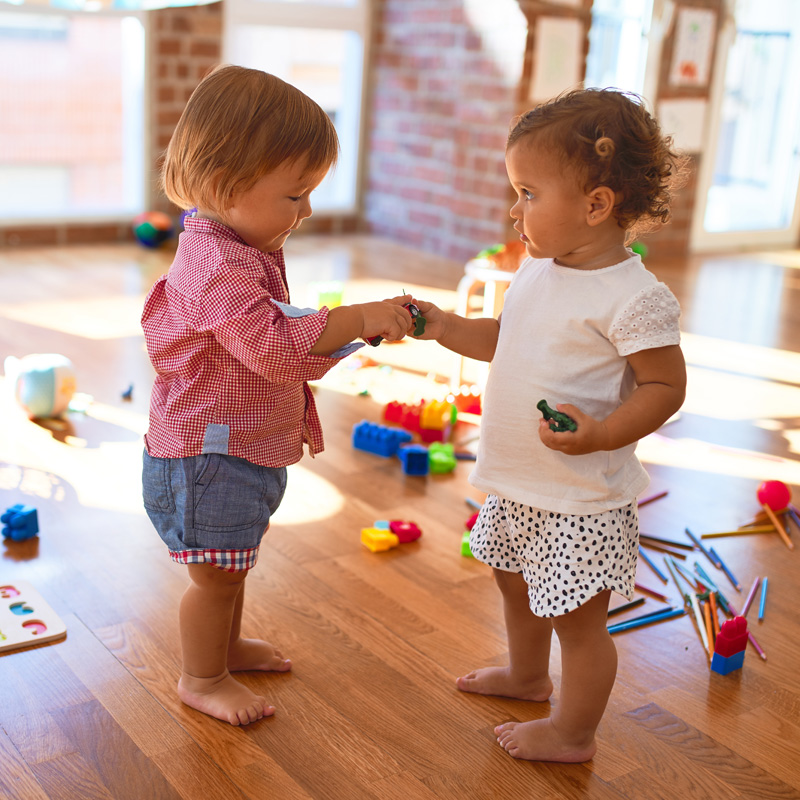
Physical activity in kids helps develop and maintain strong bones, muscles, and joints, as well as maintain healthy body weight. It reduces the risk of developing chronic conditions such as obesity, diabetes, high blood pressure, and heart disease later in life. But it doesn’t stop there, physical activity in kids also improves a toddler’s mental and behavioural health.
physical activity in kids increases enthusiasm and optimism and boosts self-esteem, academic performance, and the ability to focus and pay attention. It exposes little children to more opportunities for social interaction and helps raise confidence levels.
Encouraging children to be physically active from an early age can help establish healthy habits. Paediatricians recommend that toddlers and young children engage in at least 60 minutes of moderate to vigorous physical activity every day! This includes activities such as running, playing sports, riding a bike, swimming, or dancing.
Children need to take advantage and be involved in every opportunity to play. They need to use their whole bodies in as many different, challenging ways as possible. In time, this helps little children gain more control over their bodies, and what they can do on their own.
Importance of Coordination and Balance
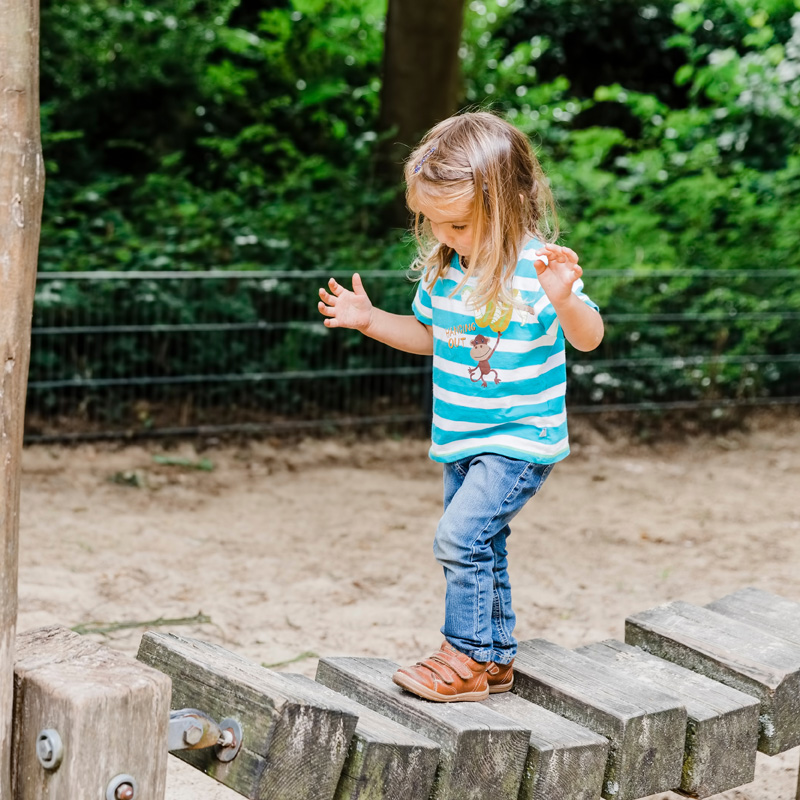
Coordination and balance are essential skills that toddlers need to develop in order to engage in daily activities, such as walking, running, or even sitting upright in a chair. These skills are crucial for a child’s overall physical, cognitive, and social development.
Physical development:
Developing coordination and balance helps young children to build strong muscles, bones, and joints. This enables them to engage in physical activities that require coordination and balance, such as when riding a bike or playing sports with more confidence and ease.
Cognitive development:
Developing coordination and balance can also have a positive impact on a child’s cognitive development. Research has shown that when children engage in activities that challenge their balance and coordination, it improves their focus, attention, and spatial awareness.
Social development:
Coordination and balance are also important for children’s social development. By engaging in physical activities with others, such as team sports or dance classes, children can learn important social skills, such as teamwork, communication, and cooperation.
Confidence and self-esteem:
As children develop their coordination and balance, they gain confidence in their physical abilities. This can lead to improved self-esteem, which can have a positive impact on their overall well-being.
Activities for muscle strengthening
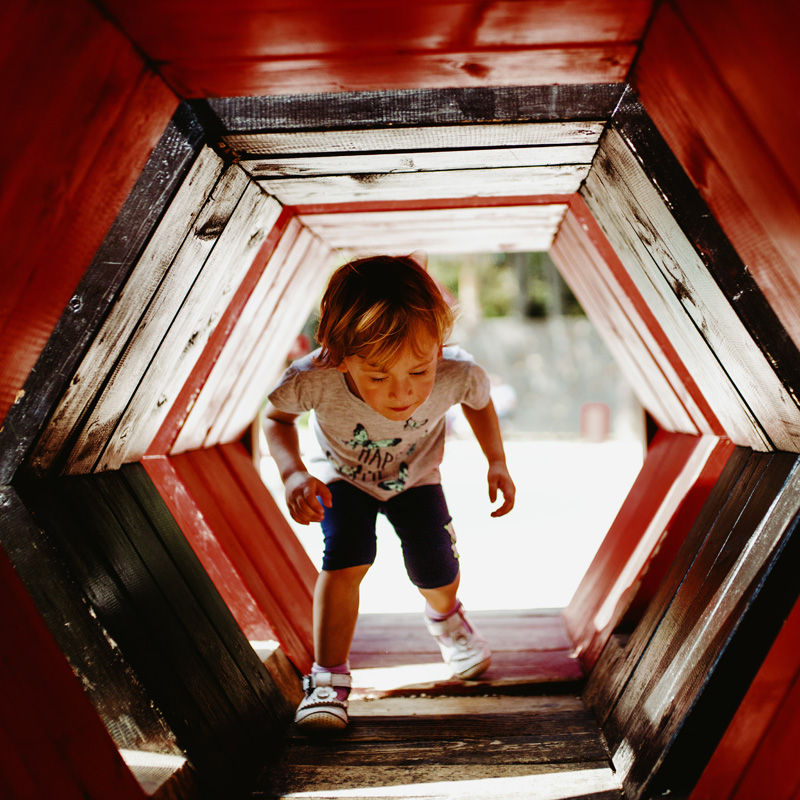
Encouraging children to engage in physical activities that challenge their balance and coordination can have numerous benefits for their physical, cognitive, and social development, as well as their overall well-being.
Build an obstacle course:
Creating an obstacle course in a living room is a fun and creative way to challenge your toddler’s sense of coordination and balance, and in building stronger muscles. This can be set up using cushions, ropes, hula hoops, and other objects and create a course that requires a child to crawl, climb over, balance, and move in different ways.
You can add a bit of excitement by Inviting your child’s friends and having them compete against each other — time them to see how quickly each one of them completes the course. Overall, this activity is a fun way to keep toddlers engaged in an activity that builds stronger muscles. The obstacle course will encourage your toddler to develop lifelong skills and habits that will benefit in many areas of her life.
Walking on uneven surfaces:
This is an excellent physical activity for toddlers to develop their coordination and balance and stronger muscles. When your child walks on unstable or uneven surfaces, her body is forced to engage more muscles to maintain stability, which helps in developing her agility, flexibility and reflexes.
Getting your child walking on steppers or homemade bridges is another way of providing an excellent opportunity to challenge your toddler’s coordination and balancing skills. Your child can also practice stepping up and down from curbs or stairs to improve her ability to navigate the world around her. Regular practice of such balancing activities can help in reducing the risk of falls and injuries in toddlers.
So, encourage your child to explore and play on uneven surfaces to build her sense of balance and coordination. It is essential, however, to supervise your child and ensure that she plays in a safe environment to avoid any accidents.
Wheelbarrow walking:
To get started with wheelbarrow walking, ask your child to start on all fours first. You need to stand behind the child and hold onto her legs and lift them gently off the floor, providing enough support to allow the child to walk comfortably on her hands and move forward. This exercise forces your child to engage her core muscles and develop strength and stability in her upper body.
As the child becomes more comfortable with wheelbarrow walking, you can gradually reduce the amount of support you provide, allowing your child to develop her muscle strengthening movements on her own. It’s important to encourage your child to take her time and move slowly and steadily, focusing on maintaining her balance and stability throughout the activity.
Wheelbarrow walking is a fun and effective way to help children develop their balance and coordination skills. Most children enjoy this activity and in the process build strength, stability, and confidence.
Crab walking:
Crab walking is a part of core muscular strength exercises that also improves gross motor skills and stability. To practice this movement, ask your child to sit down on the floor. Have both her feet firmly planted in front of her, while her arms are placed right behind with the fingers facing forward. Then place your hand under her bottom and gently lift her up and ask your child to use her arms and legs to move around, mimicking how a crab walks.
In addition to muscle strengthening, crab walking helps your toddler with her cognitive and social development. By participating in a fun and interactive activity like crab walking, your child gets to improve her focus, attention, and the ability to follow directions. She also learns to work together with others and practice her communication skills.
Crab walking is a great activity to incorporate into your toddler’s daily routine at home. It’s easy to do and requires no special equipment, making it a convenient way to promote muscle strengthening and forming healthy habits.
Hop to Hopscotch:
Hopscotch is a fun game that children have been playing for centuries. It is not only a great way to pass the time, but also provides great physical benefits by improving a toddler’s coordination, balance, and gross motor skills. Start by involving your toddler in drawing or pasting hopscotch squares on a sidewalk or pavement.
Use chalk or tape to mark off the squares. Draw or mark the first square, approximately 2 feet by 2 feet in size and call it the “home” square. Follow this up by drawing a row of single squares (1 foot by 1 foot) right down the middle of the pavement board. These should add up to a total of 8 squares. End with a larger square (2 feet by 2 feet). This is the “safe” square.
You are now ready to start the game by standing inside the “home” square. Each player takes a turn, tossing a flat rock or sandbag into the first square. If the flat rock lands in the square without touching a line or bouncing out of it, the player can advance to each square by hopping on one foot, and skipping the square with the flat rock in it. If they touch a line or lose balance, they are out of the game, and it is the next player’s turn.
Once the player reaches the “safe” square at the bottom, they turn around and hop back up the board to the “home” square, picking up the flat rock on the way. When a player completes the entire board without making a mistake, they get to throw the item again and continue playing.
Standing on one foot:
This is a simple yet effective exercise to help children develop their sense of balance, stability, and muscle strength. It can also be a fun way to challenge your child and see how long she can remain steady standing on one leg.
At first, it will be helpful for a toddler to use a wall or other support to help her balance. She can place one hand on the wall and lift one foot off the ground, trying to balance for as long as possible. Encourage her to switch legs and try again.
As she becomes more skilled at balancing on one foot, have her step away from the wall and rely on her own leg for support. She can still use her arms to help balance, but the focus is on keeping her core engaged and her weight centred over the leg she is standing on.
To make this exercise more challenging and fun, encourage your child to hop and jump around on one foot. She can try hopping forward and backwards, side to side, or in circles. This will help build leg strength and improve coordination. Turn it into a game by setting a timer to see how long she can remain standing on one leg.
Playing catch:
Playing catch is a fun and engaging activity that offers a wide range of benefits for toddlers. Beyond improving hand-eye coordination, concentration, and physical agility, playing catch can also help build social skills and promote healthy physical activity.
By playing catch with others, your little one can learn important communication skills, such as how to effectively communicate her intentions, give and receive feedback, and work together as part of a team. Moreover, playing catch can encourage young children to be active, promoting a healthy lifestyle that can help prevent obesity and other health-related issues.
Overall, playing catch is a simple yet effective way for toddlers to improve their physical and mental skills, while also fostering social connections and promoting healthy habits that can benefit them for years to come.
Freeze dancing:
This game not only sounds like a fun thing to do with very little children but also a great way to get them moving and grooving to improve their motor skills while having fun at the same time. It encourages toddlers to develop their coordination and balancing skills. Freeze dancing is also an excellent way for a group of toddlers at a birthday party to engage in physical activity.
Additionally, freeze dancing can play a major role in helping toddlers develop their listening skills as they need to learn to listen attentively to the music and stop dancing when it suddenly stops. An enjoyable activity that benefits a toddler’s physical and cognitive development.
About My Gym
My Gym involves children in dynamic games, physical activity and movement that help in building neural networks in the brain. Customizing its enrichment programs and workshops makes it easier for children to acquire intellectual skills, navigate complex social situations, and nurture emotional development.
Please visit any of our centres to learn more about how My Gym supports “whole-child development” through bespoke physical activities. Choose a day when you will be relatively free and come over with your child in tow. Your child could be an infant (as young as 6 months), a toddler or a preschooler, age is not a bar for enrolling.
My Gym has perfected the art of physical development in early childhood, help a child improve her gross and fine motor skills. It has specially designed programs that will lay a firm foundation for personal, academic and future growth by involving your child in age-appropriate structured and unstructured physical activities and developing thinking and problem-solving skills.
Please note: My Gym classrooms are thoroughly sanitized every day — the tables, the chairs, the children’s activity stations and everything else the child might touch is made safe and clean. Please wear a mask, wash your hands frequently, and practice social distancing.

